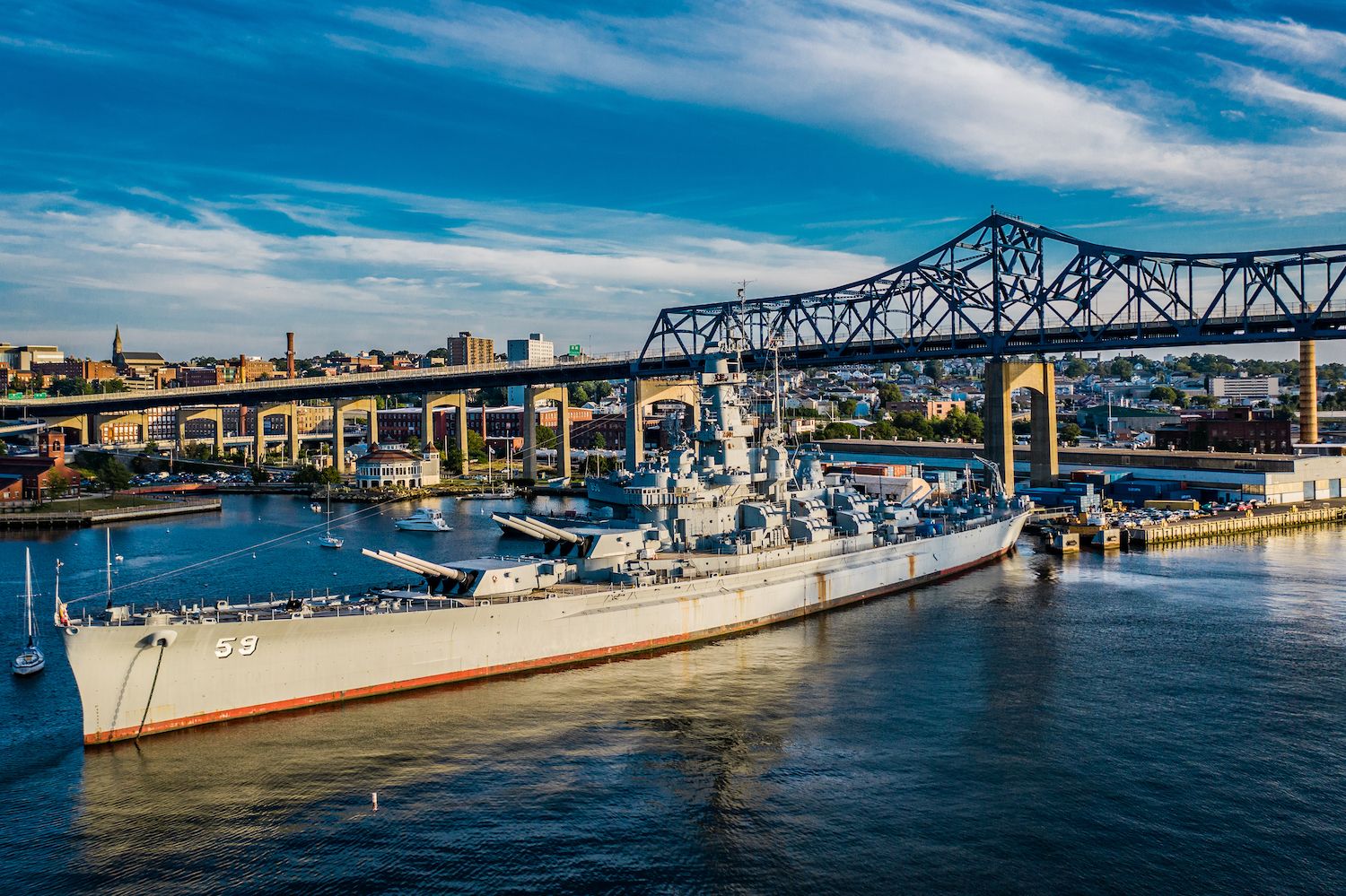1 min read
Case Study: Recording the overflows in Fall River, Massachusetts
![]() Jacqueline L. Mulhern
:
Jul 26, 2022 8:22:59 AM
Jacqueline L. Mulhern
:
Jul 26, 2022 8:22:59 AM

Fall River is one of the oldest towns in the US and as such, has been operating and maintaining a combined sewer system for over 100 years. One of the main challenges in combined sewer systems is the occurrence of Combined Sewage Overflows (CSO) in which heavy rainfall overload the collection system and force the discharge of polluted sewage into the streams, rivers, and streets.
Per the EPA mandate, the city faced a regulatory enforcement action with reporting, limiting, and controlling sewage pollution of their waterways during rain events. The EPA work is based on the Clean Water Act that is the main framework for protecting the nation's water resources, rivers, lakes, and seas.
The Challenge
Recording overflows is challenging. The occurrence of the overflow is unpredicted and can be the outcome of different weather patterns and other network conditions such as loads, plan operation schedules, and unplanned maintenance events.
Before deploying Ayyeka’s solution, the city had relied on visual inspections to inform the mandatory reporting activity this involved site crews entering the sewer system and utilizing such simple tools as wooden block 'tell tale' indicators. Each inspection required a confined space entry permit and often a police escort causing potential traffic obstruction.
Relying on manual inspection is cost-intensive, labor-intensive, not safe, and not efficient. The city sought a better solution to support its CSO operation and reporting.
The Solution
The city approached Ayyeka looking for a solution that would help them capture the overflow events details, manage the data, and help them with the reporting and organizing of the data per the EPA requirements. On top of the operational requirements, the city welcomed Ayyeka's modern approach to cyber security and data architecture.
Deploying Ayyeka's solution in the collection system has led to a substantial reduction in the city's penalties, greater compliance with EPA regulations, improved operational efficiency, and overall increased safety of the sewer team.
The city demonstrated how the digitalization of remote assets is affecting the daily lives of both the utility crews and the people they serve.


